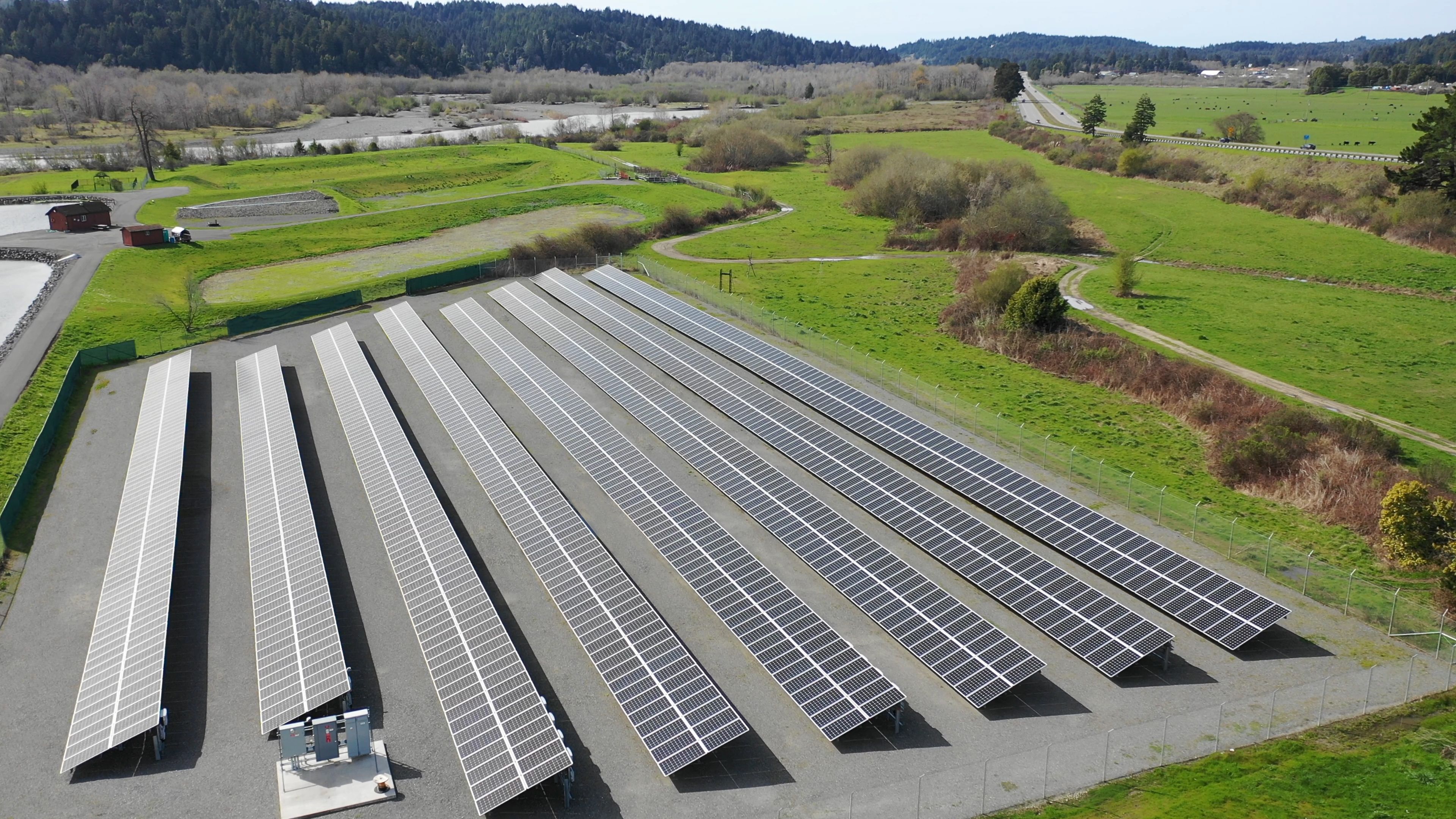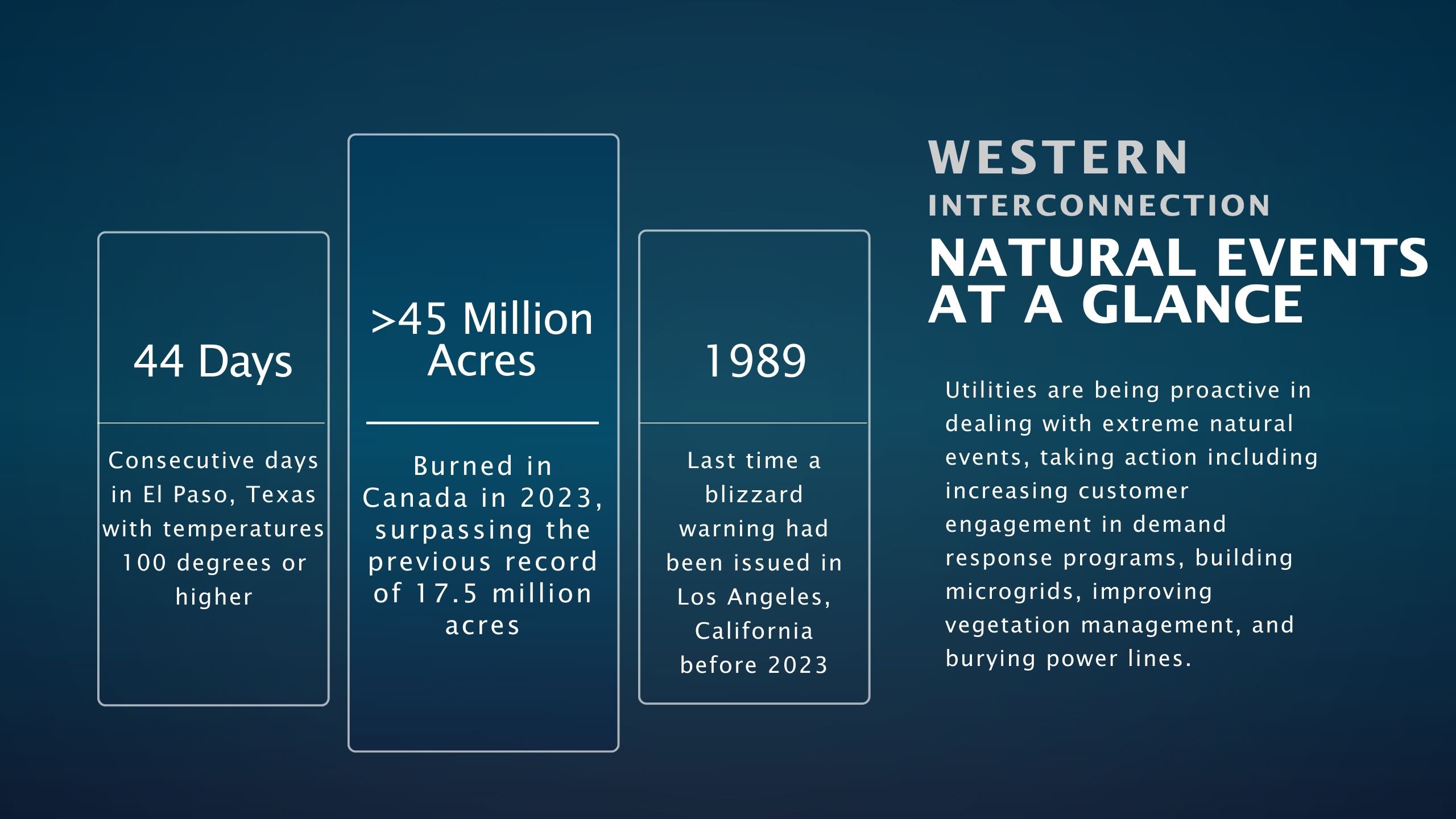Extreme Natural Events
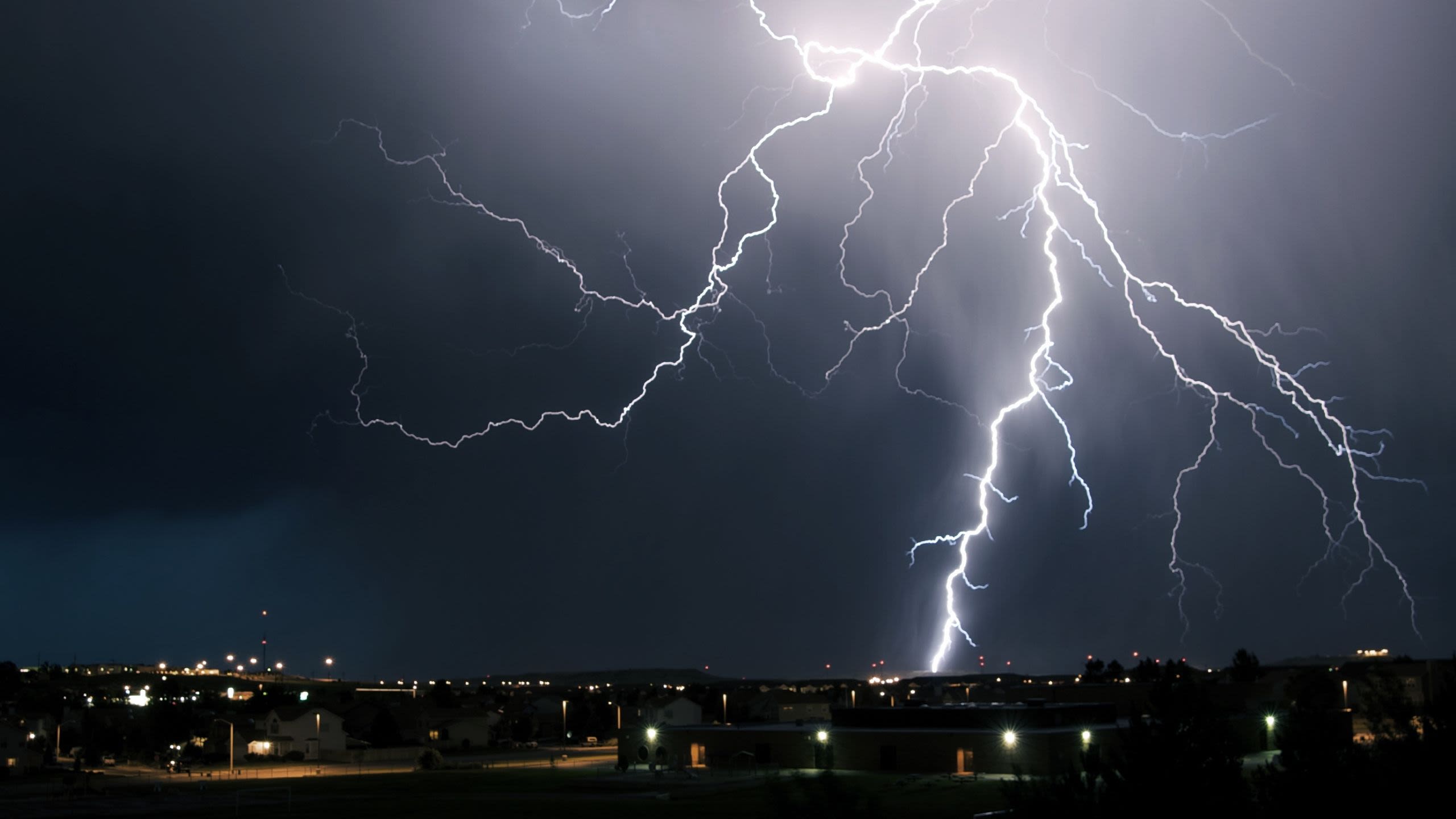


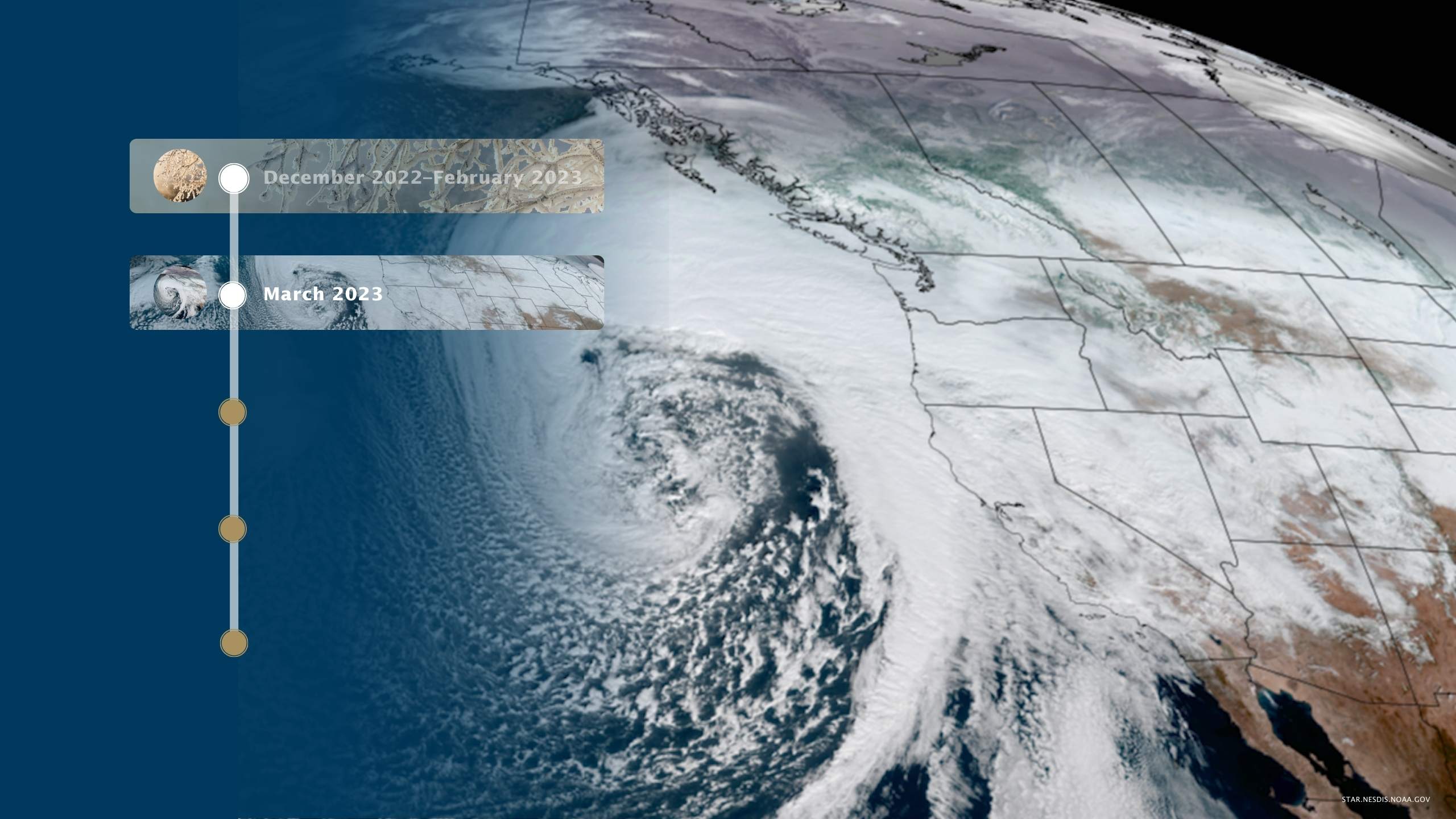
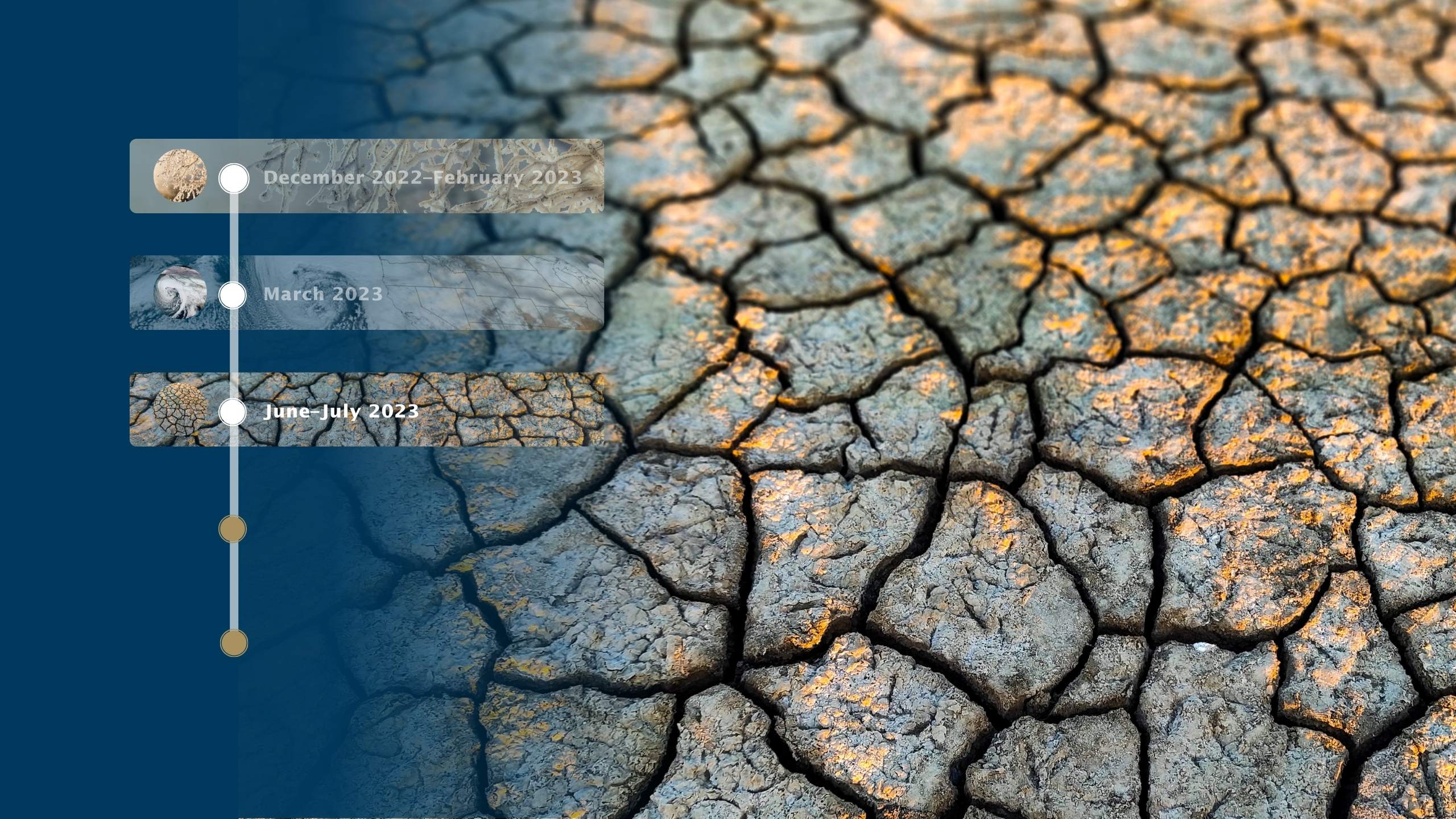
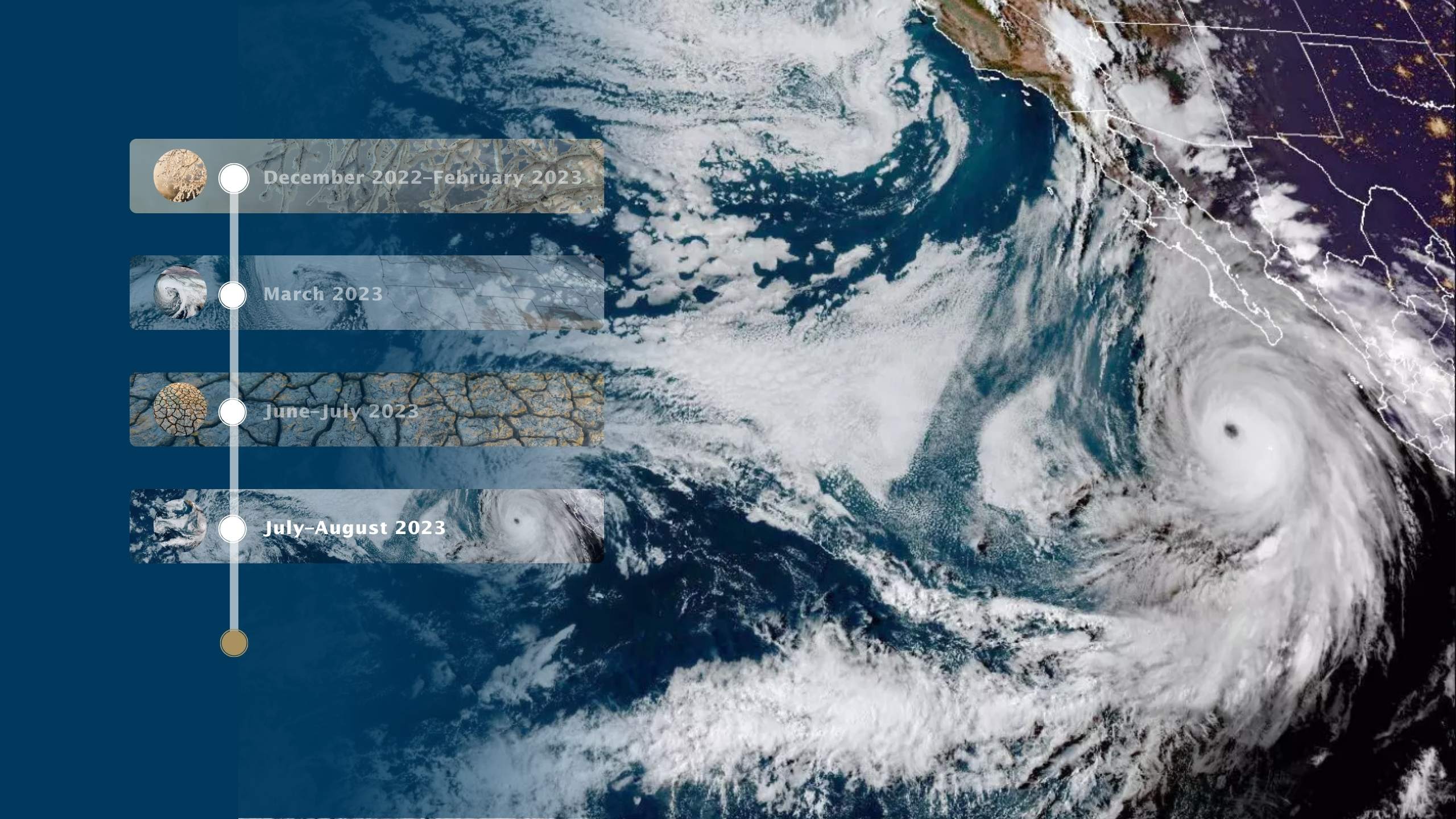
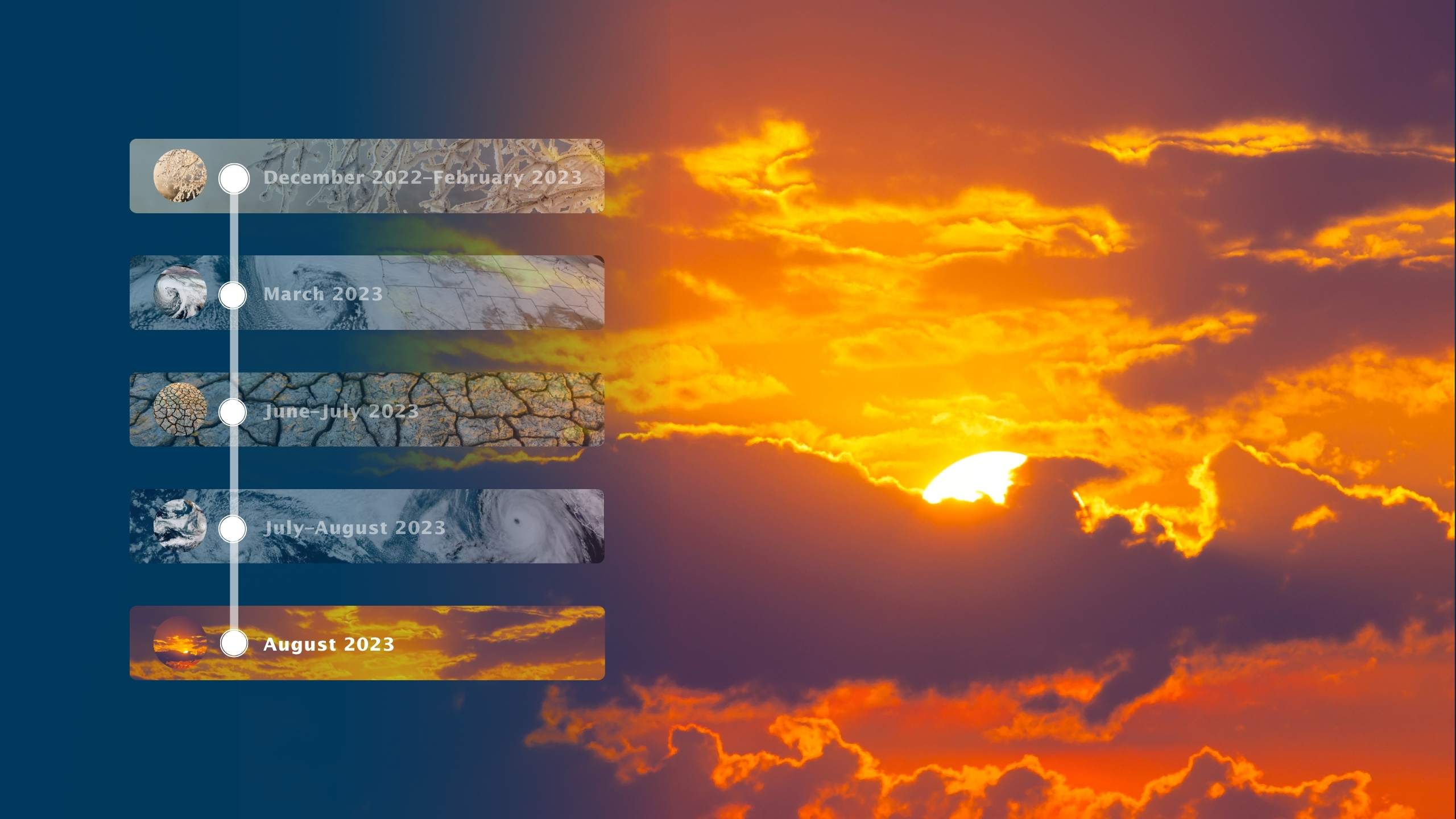
Extreme Winter Weather & New Standards
Extreme Cold—In December 2022, Winter Storm Elliott reminded the country of the risks extreme cold weather poses to the system. Concerns grew about the ability of the system to withstand prolonged extreme cold and increased precipitation.
Extreme Storms—Nearly 599,000 customers of the Sacramento Municipal Utility District lost power in January 2023 as a string of storms caused heavy rains and 70-mph winds in northern California. In February 2023, Los Angeles experienced its first blizzard warning since 1989.
New Standards—Three new winter reliability standards took effect in April 2023. EOP-011-2 requires generator owners and operators to have cold weather preparedness plans subject to annual inspection. TOP-003-5 and IRO-010-4 direct the creation of databases with information about the operational limitations of generation resources during cold weather conditions.
In addition, in the aftermath of Winter Storm Uri, FERC approved two new reliability standards in February 2023: EOP-011-3 and EOP-012-1. The standards, which have not taken effect, include new and modified requirements to advance grid reliability during extreme cold, including:
• Implementation of generator freeze protection measures;
• Implementation of enhanced cold weather preparedness plans;
• Identification of freeze-sensitive equipment in generators;
• Corrective actions to prevent recurrence when equipment freeze issues occur;
• Annual training for generator maintenance and operations personnel; and
• Procedures to improve coordination of load reduction measures during a grid emergency.
Bomb Cyclone & Strong Wind
In March 2023, a bomb cyclone with winds up to 80 mph knocked out power to approximately 250,000 people in and around San Francisco.
Drought & Aridification
Extreme amounts of winter precipitation across the West in late 2022 and early 2023 alleviated some concern of drought for 2023. However, severe and extended drought conditions remain a risk to the interconnection. Drought emergencies were declared in a dozen counties in Washington and 11 counties in Oregon in July 2023 because of early snow melt and a lack of spring rain.
Regardless of occasional heavy winter precipitation, the West is undergoing aridification, the long-term, gradual change of a region’s climate from wetter to drier. Aridification creates drier soils and atmosphere, which translates to a reduction in runoff. In 2022, for example, the snow pack for the Colorado River Basin was 100% of average, but the runoff was 63% of average. These long-term changes create challenges for the power system in the West, particularly for areas highly dependent on hydro power.
Microbursts & Hurricanes
In Arizona in July 2023, microbursts knocked out power to 50,000 customers of Tucson Electric Power.
In August 2023, Hurricane Hillary hit Baja California, reducing to a tropical storm when it hit Southern California. It was the first tropical storm to make landfall in that region since record keeping began.
Heat Waves
In August 2023, Portland hit 108 degrees during a Pacific Northwest heat wave. As in 2022, 2021, and 2020, prolonged heat waves in the West stressed the electric grid in 2023. Phoenix, for example, set a record with 31 consecutive days of temperatures of at least 110 degrees and experienced the hottest three months (June, July, and August) since record keeping began in 1895, including the hottest July and the second-hottest August. El Paso recorded temperatures of 100 degrees or more for 44 straight days.
Wildfires
Canada suffered some of its worst wildfires in 2023. In May, wildfires began in Alberta. A state of emergency was declared in British Columbia in late August as crews battled 379 wildfires across the province. By October, more than 45 million acres had burned across Canada, nearly a third of them in Alberta and British Columbia.
The 2023 wildfire season in the U.S. was relatively mild due to extreme amounts of winter and spring precipitation. However, there is usually a lag of a year between a wet winter and a heavy wildfire season. The heavy vegetation growth that follows a wet winter and spring dries out. By summer of the next year, these “ladder fuels” accumulate and can feed large fires. The 2024 wildfire season could be extreme.
Wildfire season is longer now than it has been across the interconnection. A University of Colorado study found that wildfires have become larger, more frequent, and more widespread since 2000. In addition, the extent of area burned by wildfires each year has increased. According to National Interagency Fire Center data, of the 10 years with the largest acreage burned, all have occurred since 2004.
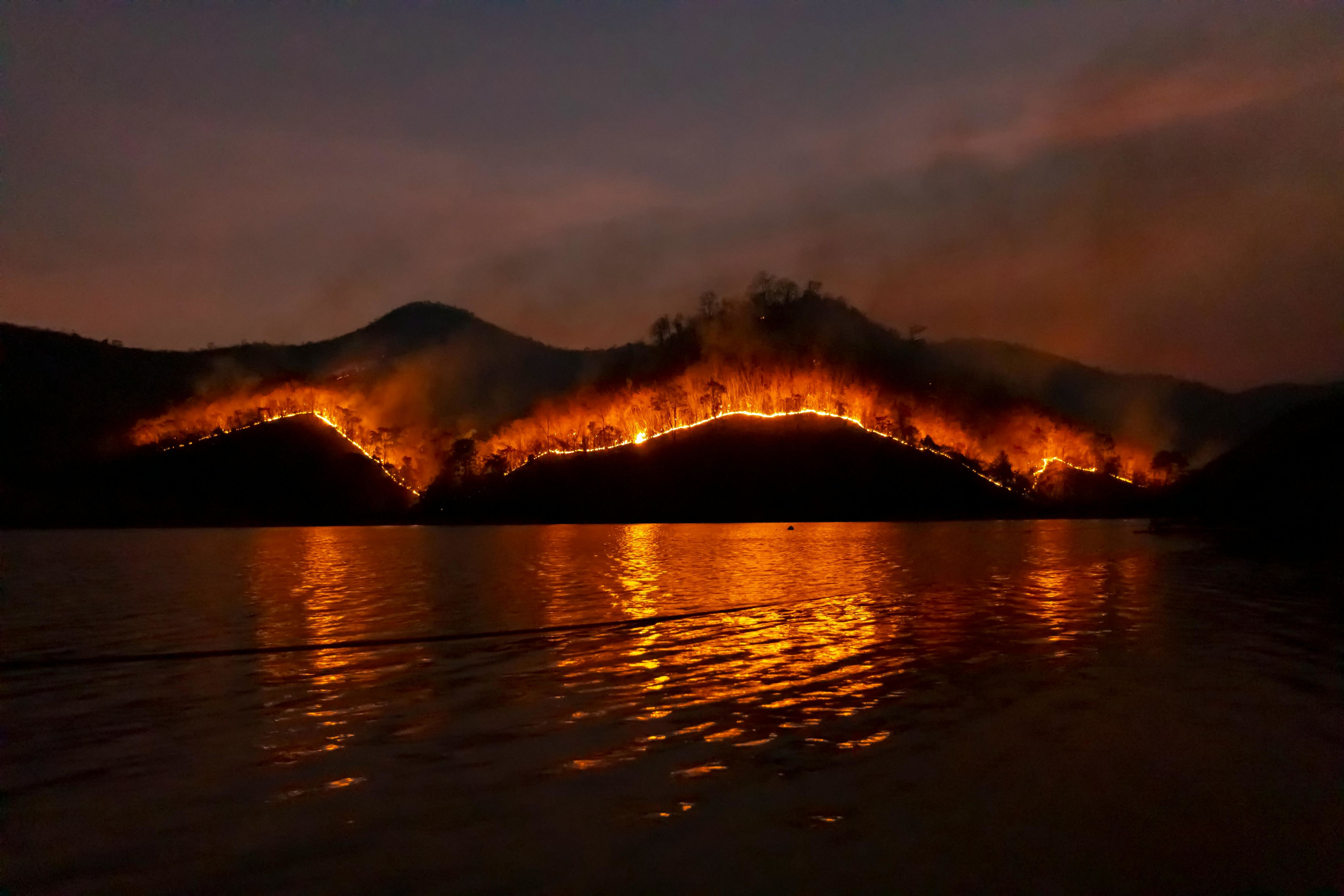
Seattle City Light combats wildfire risk
Seattle City Light unveiled its Wildfire Risk Reduction Strategy in August 2023. At the same time, a wildfire forced the utility to take off-line two of its largest hydropower plants and deenergize transmission lines from the plants for several days. The new strategy addresses the potential for the utility’s assets to cause wildfires and to be affected by them. Key elements of the strategy include:
- Risk assessment;
- Risk mitigation, including actions such as grid hardening and vegetation management;
- Emergency management, to monitor for weather conditions in which fires are likely to occur and to respond when such conditions arise; and
- Stakeholder engagement with susceptible communities and coordination with emergency response organizations and municipalities.
While the municipal utility serves a largely urban area, it operates transmission lines in forested areas that experience fires. A wildfire in 2015 threatened infrastructure much like the lightning-caused fire that affected operations in 2023.
“It’s becoming more of a concern,” Michael Jang, Seattle City Light’s chief dispatcher for generation and transmission, said of wildfire. “We definitely see the trend.”
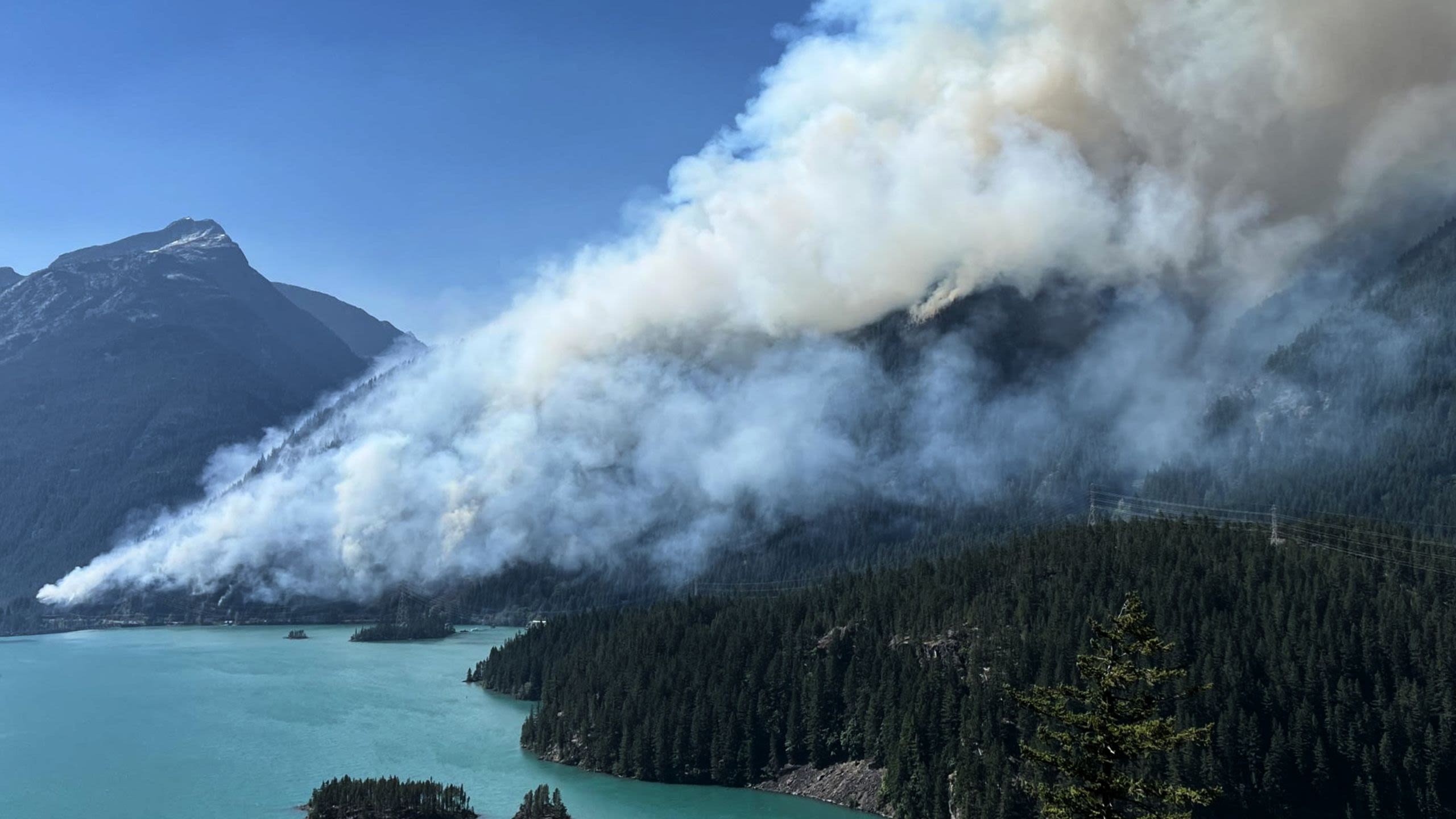
Blue Lake Rancheria tribe deploys microgrids
Microgrids are one way utilities and communities are using to combat extreme natural events. The Blue Lake Rancheria tribe in northern California has installed three microgrids totaling nearly 2.5 MW and 6 MW of storage. Each grid includes a PV solar array, diesel generator, and battery storage system. The microgrids interface seamlessly with the Pacific Gas & Electric (PG&E) system and can provide the tribe with power to government offices, restaurants, a casino, event center, a 102-room hotel, and a convenience store and fuel station where electric vehicle (EV) charging is available.
In 2019, a 30-hour Public Safety Power Shutoff (PSPS) provided the first test of the microgrids. During the PSPS, the tribe was able to keep telecommunications operational, use the hotel as an emergency medical facility, and charge EVs, which were then used to provide limited electricity to homes.
In 2022, the tribe installed a third microgrid capable of providing electricity to residences. Construction began in 2023 on a new facility-scale microgrid. The tribe plans to integrate all the microgrids into one medium-voltage, nested microgrid system in 2024-25.
In addition to the 2019 shutoffs, the tribe has used the microgrid during heat dome events in 2020, 2021, and 2022 to alleviate stress on PG&E’s system. In 2022, there were more than 30 events in which the microgrids were islanded from PG&E’s grid to allow the reservation to function. The tribe relied on the microgrid during a day-long blackout caused by a 6.4-magnitude earthquake in late 2022.
The tribe sells power from the microgrid to PG&E, with an estimated savings of about $200,000 annually or about 30% of the tribe’s annual electricity costs. The tribe owns and operates the microgrids and received funding from state grants obtained through the California Energy Commission. The projects are the result of public–private partnerships between the tribe and California State Polytechnic University—Humboldt and its Schatz Energy Research Center, as well as technical assistance from two national laboratories, PG&E, the California Public Utilities Commission, and industry partners.
